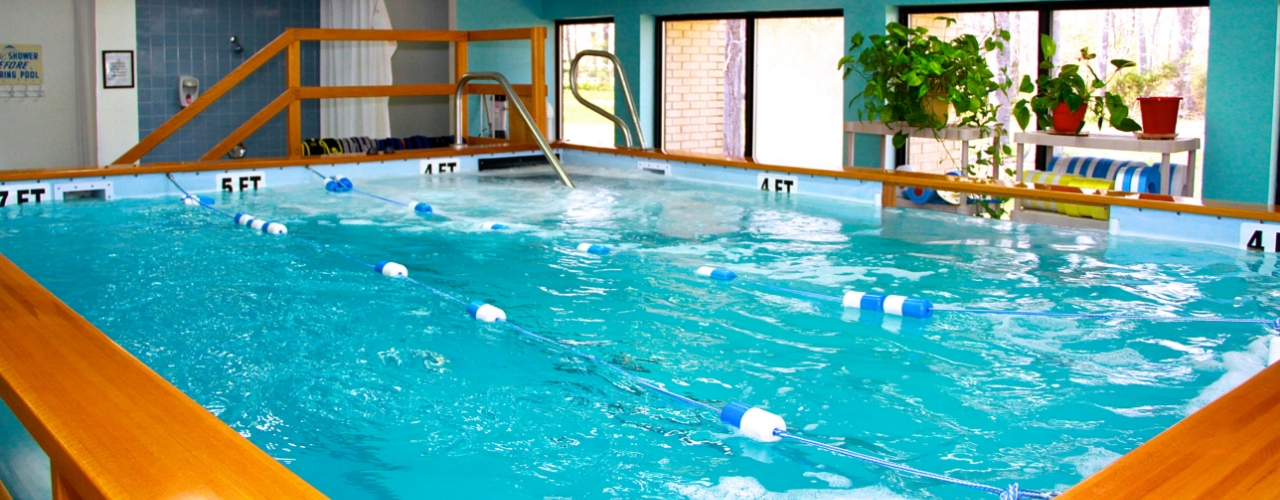Physical Therapy for Sciatica Relief: Techniques to Alleviate Pain and Restore Function

As if lower back pain wasn’t bad enough, your pain is now radiating down through your buttocks and into your left leg. You can barely walk. The pain keeps you up at night. Sound familiar? All our symptoms of sciatica–but physical therapy for sciatica relief could be the key to alleviating your discomfort!
“Sciatica” is an often misunderstood term. Some people will use it when referring to any radiating pain in the back and lower extremities, but it’s actually a very specific condition related to the sciatic nerve, which runs from your back, down through your legs, and into your feet. Whatever you call it, though, doesn’t change the fact that it’s extremely painful.
Fortunately, physical therapy at Peninsula Physical Therapy & Associates, Inc is a great choice for finding sciatica relief. Our team of experts can…
- Determine if you actually have sciatica or another type of radiating pain
- Identify the underlying cause of your pain
- Develop a customized treatment plan to help you find relief
You don’t have to live with the extreme discomfort of sciatica. Call our Peninsula Physical Therapy & Associates, Inc clinic today to schedule an initial consultation, or keep reading to learn more about physical therapy for sciatica relief!
What Exactly Is Sciatica, Anyway?
To understand sciatica, we need to understand the sciatic nerve. It’s the largest nerve in the human body. It originates in your lower back, forming when several smaller spinal nerves converge in the pelvis, and supplies sensation to your buttocks, legs, and feet.
Sciatica occurs when something compresses or irritates the sciatic nerve, causing symptoms that run along the nerve’s path. Pain is the most common, but because it’s a nerve issue, you might also notice numbness or tingling. Sciatica almost always only affects one leg.
Here are the specific symptoms to watch out for:
- Aching, shooting, or burning pain deep in the buttocks or leg
- Pain or muscle spasms in the lower back
- Tingling, “pins and needles” sensations in the leg or foot
- Numbness in the leg or foot
- Weakness in the leg
Sciatica can be extremely debilitating. The radiating pain will restrict your movement, making it difficult for you to complete everyday activities. You may be unable to walk, bend your leg, or do much of anything.
The good news is that physical therapy can usually resolve sciatica. Why? Because in the vast majority of cases, sciatica is caused by a herniated disc, a condition our physical therapists have plenty of experience treating.
Physical Therapy’s Role in Sciatica Relief: Finding a Cause
The first step in managing sciatica is identifying what’s causing it. As mentioned, that cause is almost always a herniated disc, which occurs when one of the intervertebral discs ruptures or bulges, putting pressure on a nearby sciatic nerve. Herniated discs can occur due to an injury or degeneration in the spine. Conditions like spinal stenosis or spinal arthritis can also sometimes lead to disc herniation.
While there are other potential causes for sciatica, they tend to be more rare: for example, a back tumor or pelvic fracture. In all likelihood, though, we’ll be able to trace your sciatica to a herniated disc.
To help us uncover the cause of your sciatica, your first appointment will consist of a comprehensive evaluation in which we review your medical history and current symptoms. We’ll also ask you to perform some simple movement screens to better understand your current mobility and strength levels.
Physical Therapy’s Role in Sciatica Relief: Treatments to Expect
Once we’ve confirmed the source of your pain, our therapists will develop a customized treatment plan. For a herniated disc, we focus on pain management and improving the mobility and strength in your lower back. Here are just a few of the treatments we might suggest:
- Manual Therapy: Our first order of business is helping you manage pain so you can move on to more intense treatment. We usually begin with manual therapy, a set of hands-on techniques including soft tissue manipulation and gentle mobilizations of your spine, hips, or legs.
- Pain Relief Modalities: We might also incorporate pain-relieving modalities, such as TENS or hot and cold therapy.
- Mobility Exercises: Therapeutic exercise is one of the best ways to manage sciatica pain. We’ll create a progressive exercise program just for you, starting with gentle stretches and mobility work. These exercises will help improve your range of motion and make it easier and less painful for you to move.
- Strengthening Exercises: As you improve, we’ll incorporate more intense exercises designed to strengthen your core. Why the core? Because these muscles, which include your back, glute, and hip muscles, support and stabilize your spine, helping to relieve the pressure causing you pain.
- Patient Education: Finally, we’ll give you the tools you need to avoid another experience of sciatica. You might benefit from a home exercise program, ergonomic adjustments to your working environment, or tips on appropriately lifting heavy objects. We’ll walk you through it!
Find Sciatica Relief Today!
If you’re currently living with sciatic pain, schedule an appointment at Peninsula Physical Therapy & Associates, Inc. and our team has plenty of experience helping to relieve sciatic pain, back pain, and herniated discs.
Sciatica can profoundly affect your overall quality of life–make your appointment to discover the benefits of physical therapy for sciatica relief today!

